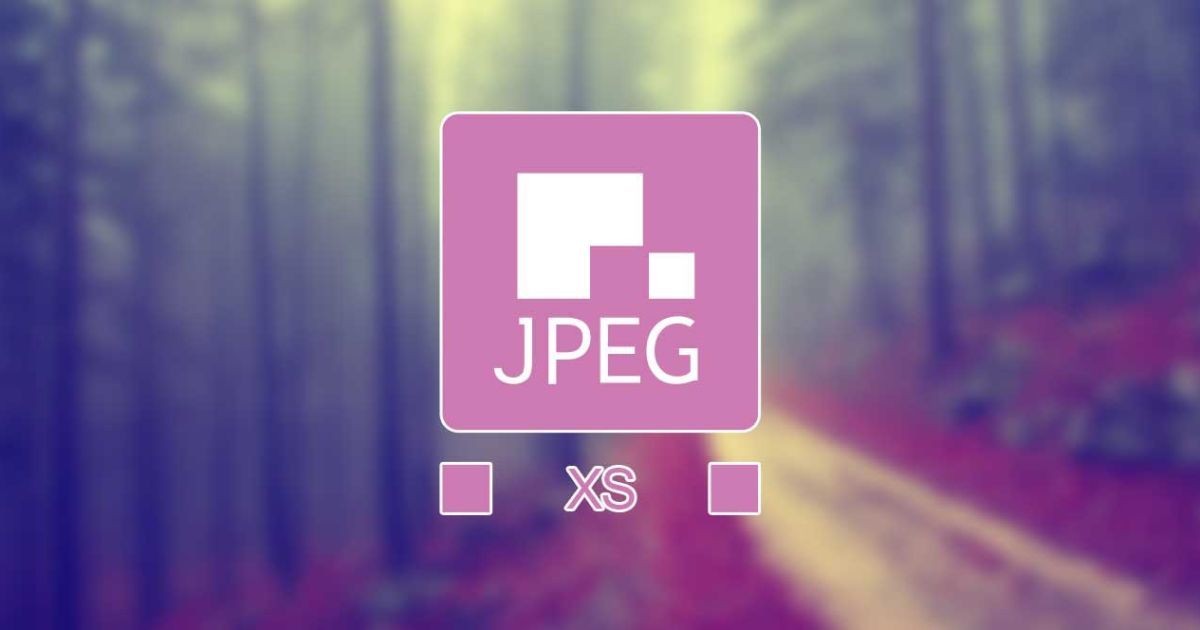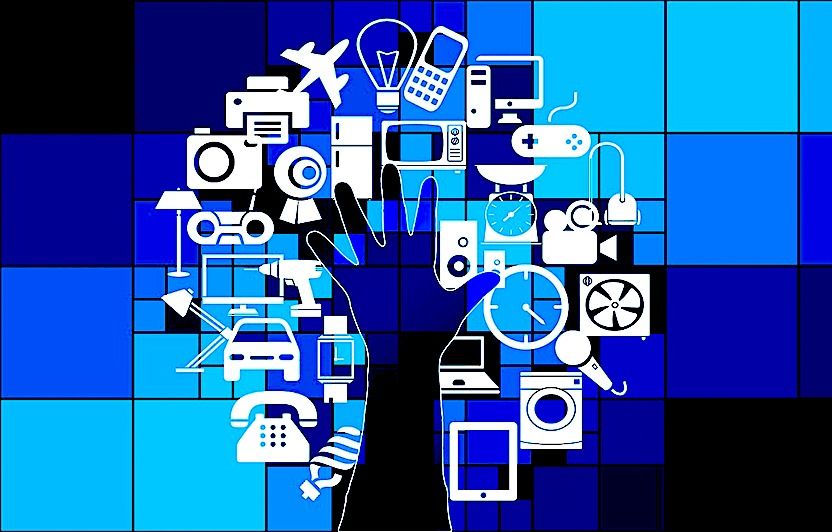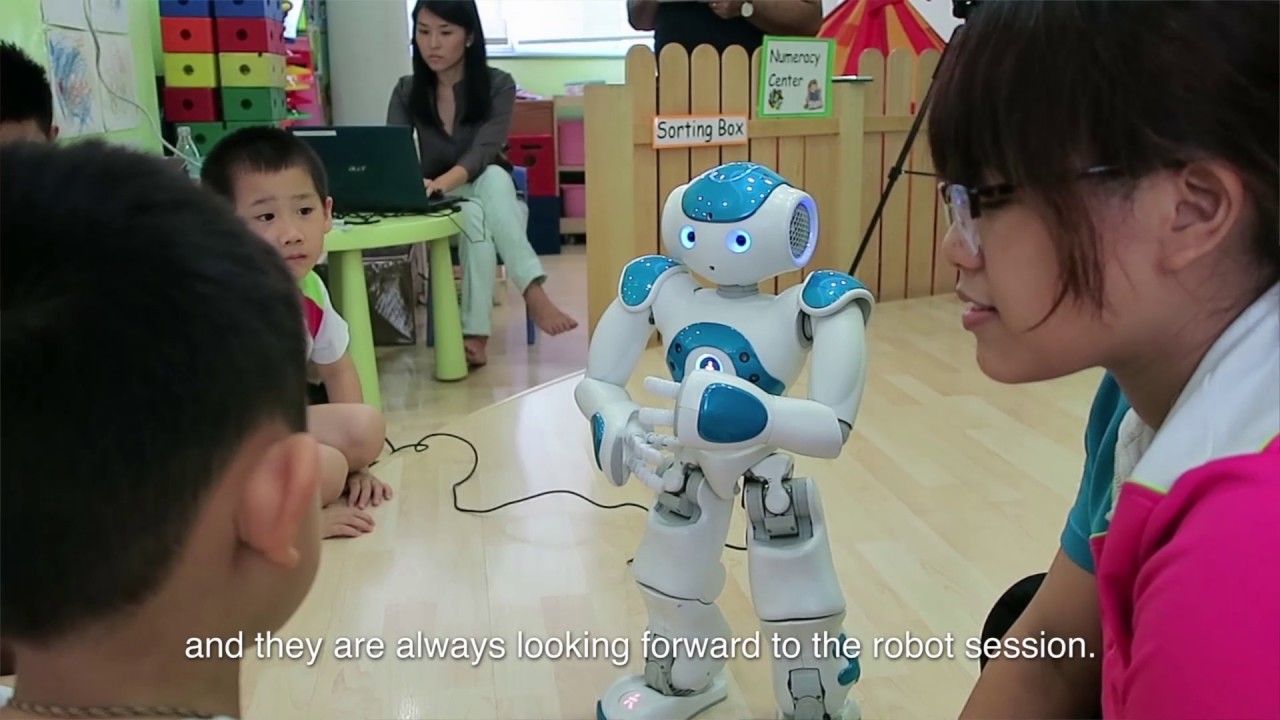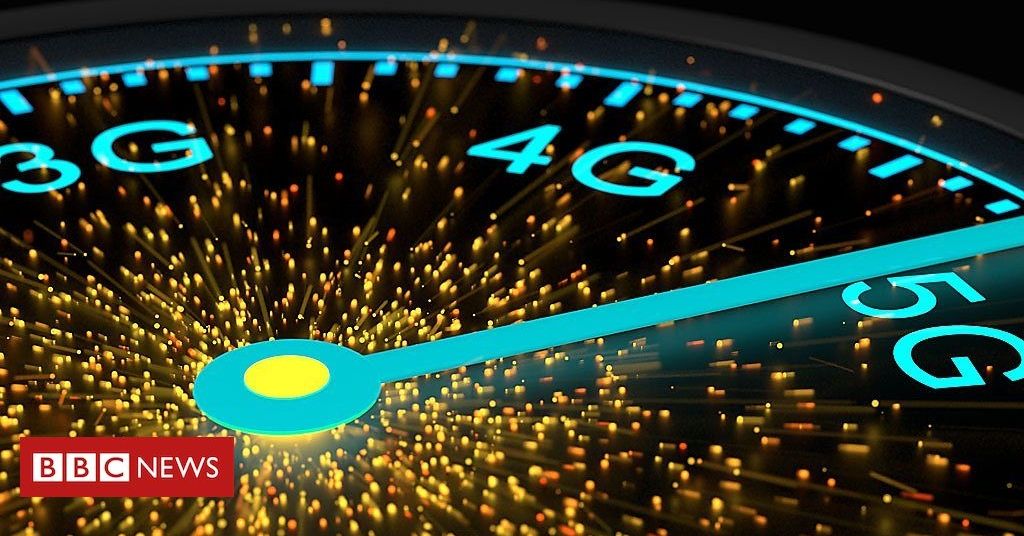You might only know JPEG as the default image compression standard, but the group behind it has now branched out into something new: JPEG XS. JPEG XS is described as a new low-energy format designed to stream live video and VR, even over WiFi and 5G networks. It’s not a replacement for JPEG and the file sizes themselves won’t be smaller; it’s just that this new format is optimized specifically for lower latency and energy efficiency. In other words, JPEG is for downloading, but JPEG XS is more for streaming.
The new standard was introduced this week by the Joint Photographic Experts Group, which says that the aim of JPEG XS is to “stream the files instead of storing them in smartphones or other devices with limited memory.” So in addition to getting faster HD content on your large displays, the group also sees JPEG XS as a valuable format for faster stereoscopic VR streaming plus videos streamed by drones and self-driving cars.
“We are compressing less in order to better preserve quality, and we are making the process faster while using less energy,” says JPEG leader Touradj Ebrahimi in a statement. According to Ebrahimi, the JPEG XS video compression will be less severe than with JPEG photos — while JPEG photos are compressed by a factor of 10, JPEG XS is compressed by a factor of 6. The group promises a “visual lossless” quality to the images of JPEG XS.









